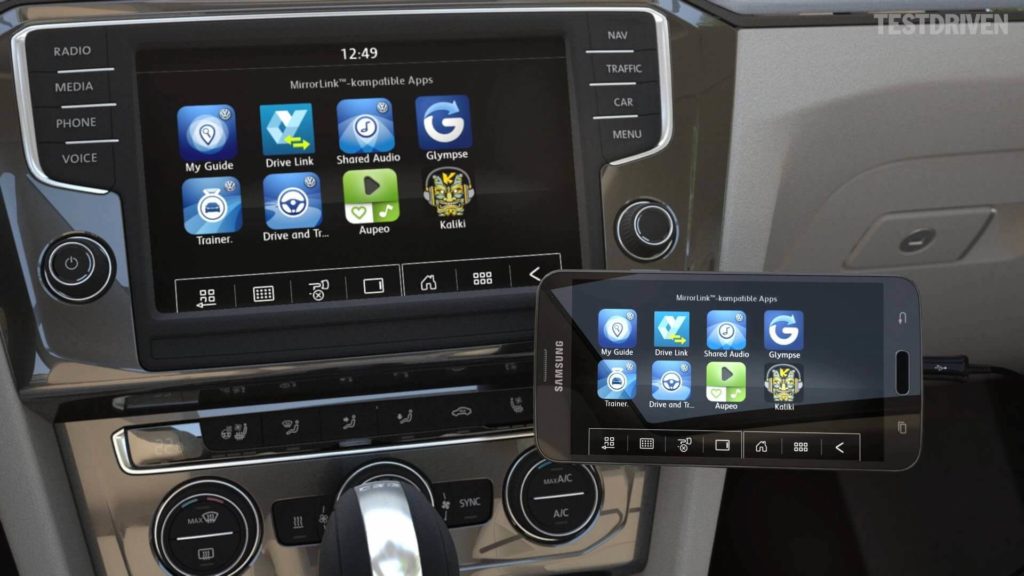In-brief: Researchers from George Mason University and New York University are warning that the software used to link smart phones to in-vehicle “infotainment” (IVI) systems could make cars vulnerable to remote attack.
Usenix
Update: Facebook awards $50K Internet Defense Prize for Work on Securing Web Apps
Saying that research dollars for cyber security are disproportionately devoted to work on “offensive” techniques (like hacking), social media giant Facebook has awarded two researchers a $50,000 prize for their work on cyber defense. The company announced on Wednesday that Johannes Dahse and Thorsten Holz, both of Ruhr-Universität Bochum in Germany for their work on a method for making software less prone to being hacked. The two developed a method for detecting so-called “second-order” vulnerabilities in Web applications using automated static code analysis. Their paper (PDF here) was presented at the 23rd USENIX Security Symposium in San Diego. In a blog post announcing the prize, John Flyn, a security engineering manager at Facebook, said the Internet Defense Prize recognizes “superior quality research that combines a working prototype with significant contributions to the security of the Internet—particularly in the areas of protection and defense.” Dahse and Holz’s work was chosen by a panel […]
For Smart TVs, Malware May Hide In Broadcast Content
Researchers at Columbia University have published research showing how new technology that combines broadband and broadcast content could enable a wide range of traditional and novel cyber attacks on smart televisions and other devices: forcing them to interact with malicious web pages, harvesting credentials or carrying out denial of service attacks. The paper, published in May, explores potential attacks on combined broadcast-broadband devices that use an industry specification called Hybrid Broadcast-Broadband Television (HbbTV). According to the researchers, Yossef Oren and Angelos D. Keromytis, the HbbTV specification combines broadband technologies like HTML and broadcast features in an insecure manner. The vulnerabilities affect a wide range of smart entertainment devices, including smart televisions, in Europe and the United States. “This enables a large-scale exploitation technique with a localized geographical footprint based on radio frequency (RF) injection, which requires a minimal budget and infrastructure and is remarkably difficult to detect,” the researchers write. “The technical complexity and […]



